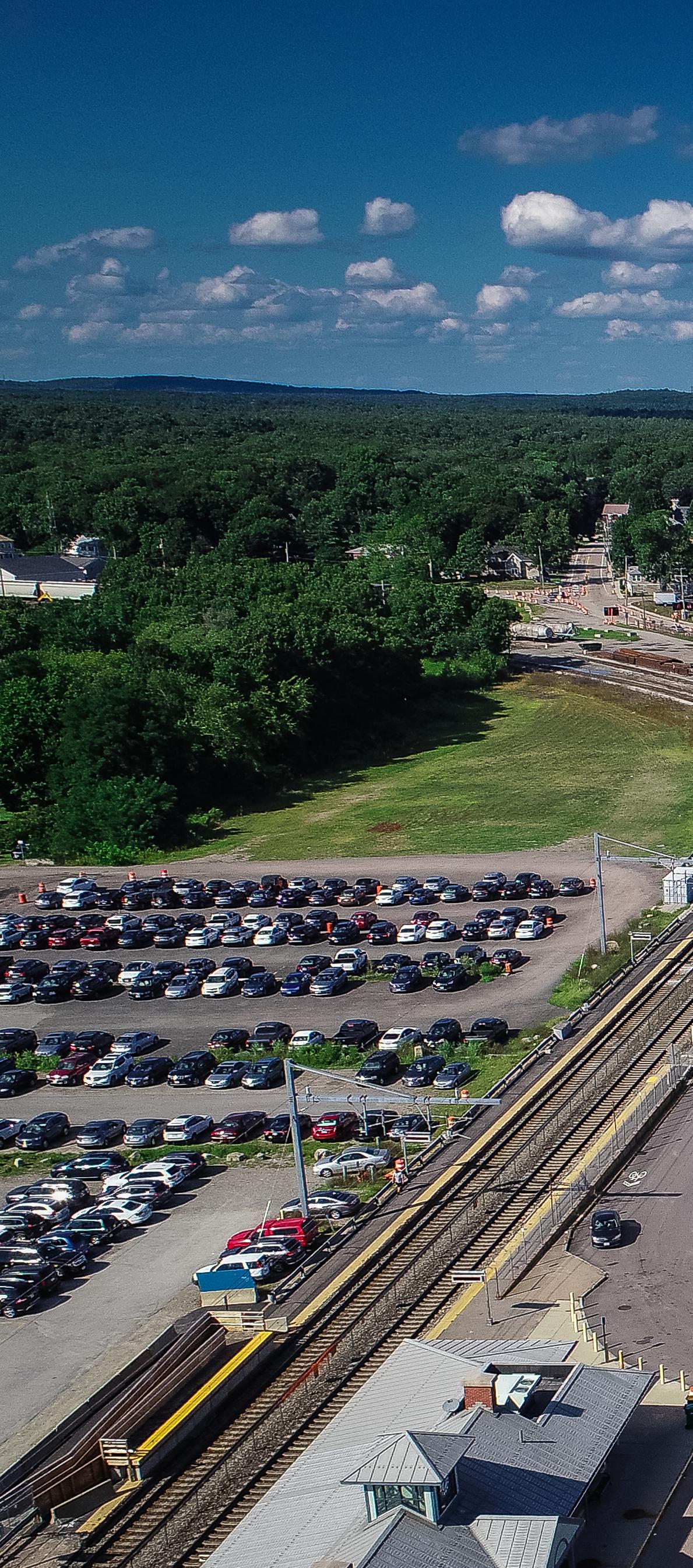
1 minute read
Strategic Direction
by SRPEDD
As stated above, our EDD’s Vision can be summarized as “Flexible, Collaborative, and Resilient Growth in Southeastern Massachusetts;” this growth will match all our efforts to our region’s Strengths, Weaknesses, Opportunities, and Threats. To do this, we will pursue this three-part strategy – the “Strategic Direction of our work program – as we advance every initiative in this CEDS.
Flexible
Good public sector planners understand that the business and development communities look in our direction to help generate reliable partnerships. To play this role, we must set clear goals, rely on good data, and create reasonable expectations – all in an effort to provide sufficient, necessary, but not excessive planning that can adapt to changing conditions. For example, recent economic downturns, such as the Great Recession and the COVID-19 pandemic, have humbled policy-makers and business leaders with a wide range of challenges that required us to revisit our best-laid plans. To acknowledge this, our streamlined CEDS seeks to remain flexible. While our general direction for the region, the agency, and each unique project will remain on-track to the greatest extent possible, we are also prepared to address changes through open-minded collaboration with our partners.
Collaborative
Our numerous partners are key to the region’s future economic growth. These include U.S. EDA, the Commonwealth of Massachusetts, the 27 cities and towns in our district, the region’s non-profits and academic institutions, and – of course – our numerous private sector firms and entities. As we implement and update this CEDS, SRPEDD will make every effort to consult with all relevant partners. As we execute existing projects and develop new ones, we will seek the insights and priorities of our public and private sector counterparts.
Resilient
Our region’s economic growth will depend on more than the proactive economic development initiatives outlined below. Our continued prosperity will also rely on our ability to prevent, withstand, and recover from disruptions to our economic system. And – while we acknowledge that these disruptions often originate from larger market changes, regional industry downturns, or external shocks – our region seeks to build lasting “economic resilience” by anticipating risks, evaluating their potential impact on economic assets, and building responsive capacity. In short, this CEDS recognizes that fostering our regional economic resilience entails both establishing sustainable, long-term strategies to withstand disruptions and adopting responsive projects and initiatives that build new capacity among our regional stakeholders that help us avoid disruptions.



